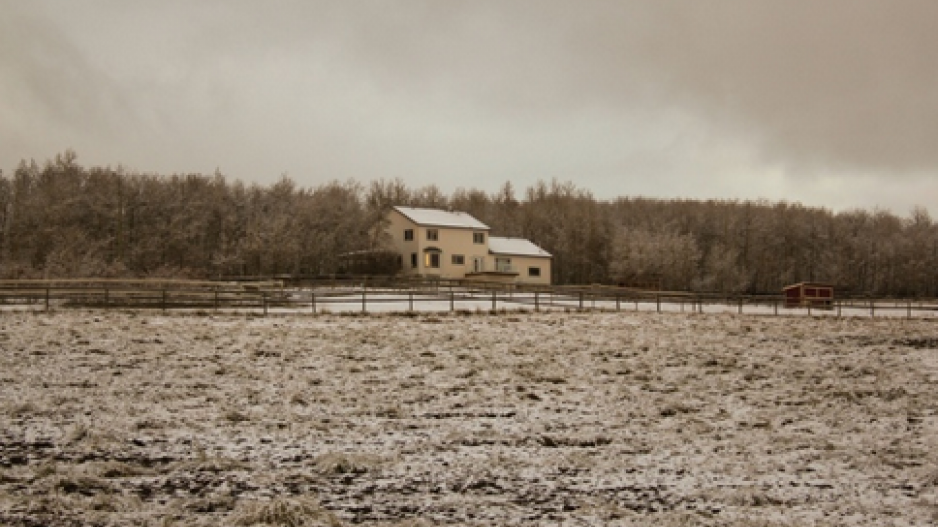The gravel, clay and silt that will form the core of the Site C dam lies around 30 metres below a grassy field in an industrial area south of Fort St. John.
On its way to the Peace River, millions of cubic metres of the stuff will pass within a kilometre of Margaret and Jack Surinak's home. The Surinaks bought the five-acre property 25 years ago when "it was [still] the country," Margaret Surinak said in an interview Thursday.
Now, their property is hundreds of metres from the quarry that will mine the core of the Site C dam, making the area one of the busiest industrial areas in the province.
The Surinaks are the latest residents near the quarry to look for a way out.
They will soon share a property line with an industrial conveyor belt slated to run from quarries south of 85th Avenue to the dam site four-and-a-half kilometres away. On its way, the conveyor will pass under the Old Fort Road through a specially constructed underpass.
Already, truck traffic is beginning to pick up in the area.
"This is without even Site C starting," said Margaret Surinak.
"Hydro told us that when they start hauling from [the] quarry, we will have a loaded truck go by every seven minutes, which means there will be an empty truck coming by every seven minutes, on top of all the regular vehicles."
The Surinaks have applied to take their property out of the Agricultural Land Reserve and rezone it as industrial, saying in their application that the land is "no longer suitable or saleable as a strictly residential property." They're looking to move within Fort St. John.
"BC Hydro has told us that they forecast a noisy, dusty, industrial light-polluted future for seven years."
While the conventional wisdom is that Site C will drive up property values in Fort St. John, that's not the case closer to the work site.
At a 2012 BC Hydro meeting, Mayor Lori Ackerman said the value of the 85th Avenue lands had fallen from $12 million to $500,000, and that residents in the nearby Wiltse subdivision were complaining of a 30 per cent drop in property values.
Many of the residents closest to the work sites were bought out by BC Hydro, while a handful of the Surinak's neighbours have moved.
Hydro identified the 85th Avenue area as the ideal source for "impervious" core material in 2010. The mix of sand, silt, clay and gravel known as glacial till lies 30 metres down, and is ideal for blocking water, according to a November 2012 report.
Between 2.9 million and 4.8 million cubic metres of the material will flow on the conveyor to the dam site. Larger stones for the earth fill dam will be trucked from a quarry west of Chetwynd.
Hydro expects excavation and transport of material from the 85th Avenue quarry to begin in 2018. The dam continues to face legal challenges from landowners and several First Nations.
Surinak said that with the slated conveyor belt and industrial lighting, the odds of anyone buying the property to live there are low.
"I can't imagine anybody would want to buy it with the idea of living there forever," she said.




